Television as Art: NSU Art Museum presents the unexpected connection
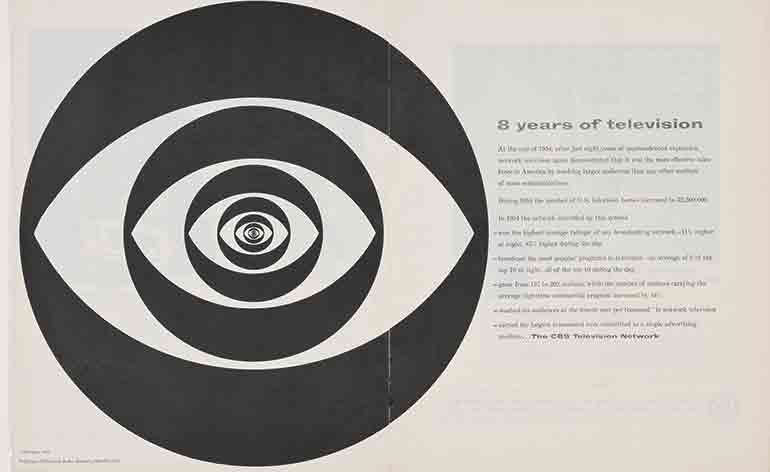
Television and art are not often regarded as being remotely in the same league, but the NSU Art Museum in Fort Lauderdale, Florida is proving the influence that avant-garde art had on television in its nascent years. Organised together with the Jewish Museum in New York and the Center for Art, Design and Visual Culture at the University of Maryland, Baltimore County, ‘Revolution of the Eye: Modern Art and the Birth of American Television’ pulls together two cherished pillars of American culture.
Spanning the late 1940s to the mid 1970s, the exhibition presents how American television took on a modernist aesthetic as its inspiration. Over 250 fine art objects and examples of graphic design, including works from artists such as Marcel Duchamp, Saul Bass, Roy Lichtenstein and Georgia O’ Keeffe, stand alongside television memorabilia, clips and ephemera from iconic television series and shows, such as The Ernie Kovacs Show, The Ed Sullivan Show, Rowan and Martin’s Laugh-In and even The Twilight Zone. From the Pop Art aesthetics reflected in early Batman epsiodes to Op Art-esque commercials for Kodak and sets for The Ed Sullivan Show, the connections are rather unexpected, to say the least.
In addition to a showing of early advertising, which still exude an exciting quality and were revolutionary at the time, the exhibition also highlights the ‘New Advertising’ revolution of the 1950s and 1960s, where Andy Warhol and Ben Shahn created advertising and commercial campaigns for CBS.
And finally, to prove just how entwined television and art were in popular culture, the exhibition also documents how artists like Salvador Dali, Willem de Kooning, Ray Eames and Marcel Duchamp became household names, thanks to television appearances that were broadcast nationwide. A series of rare TV clips forms part of the experience.
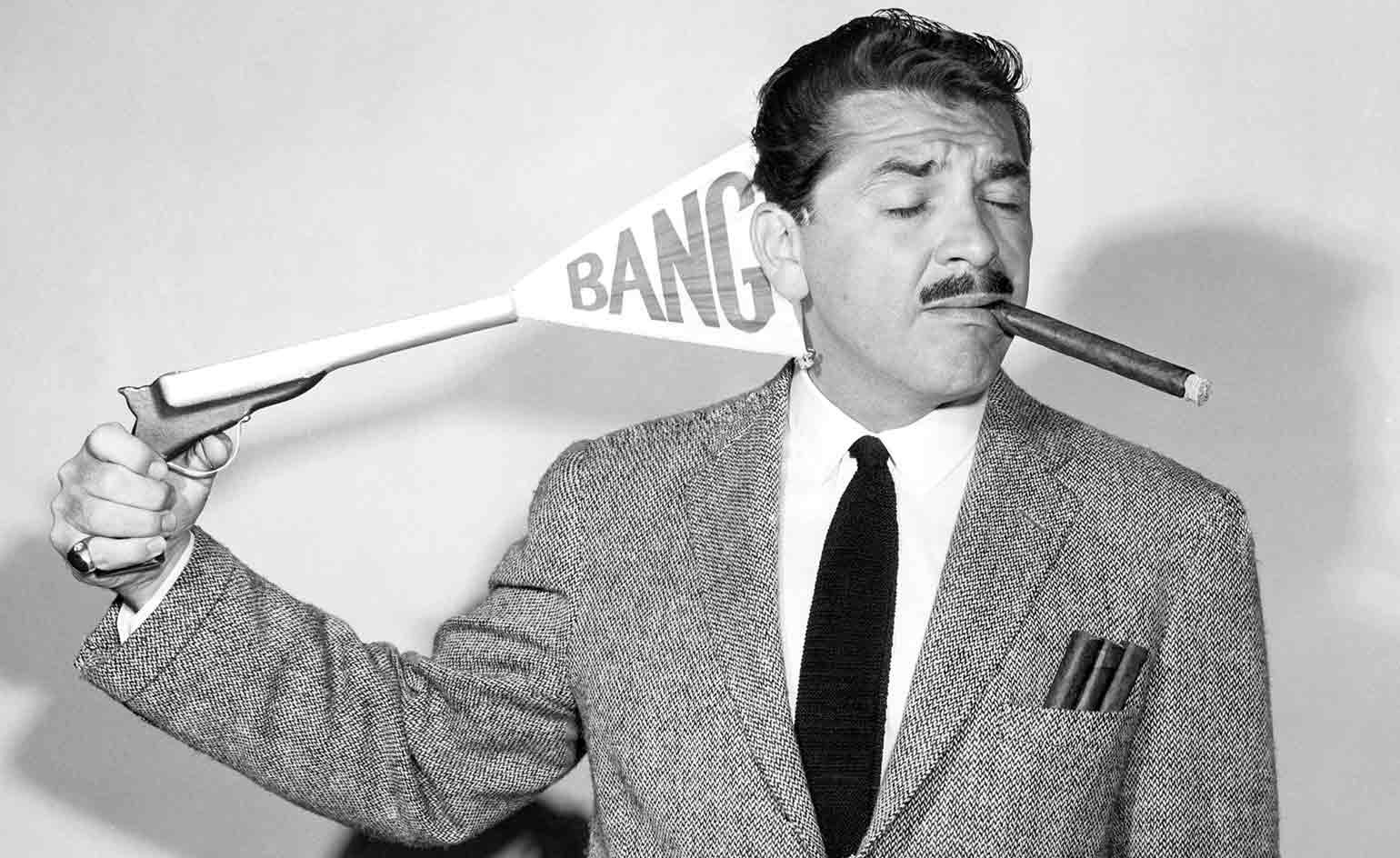
Over 250 fine art objects and examples of graphic design stand alongside television memorabilia, clips and ephemera from iconic films and television shows, such as The Ernie Kovacs Show. Pictured: Ernie Kovacs. Image provided by Photofest, New York
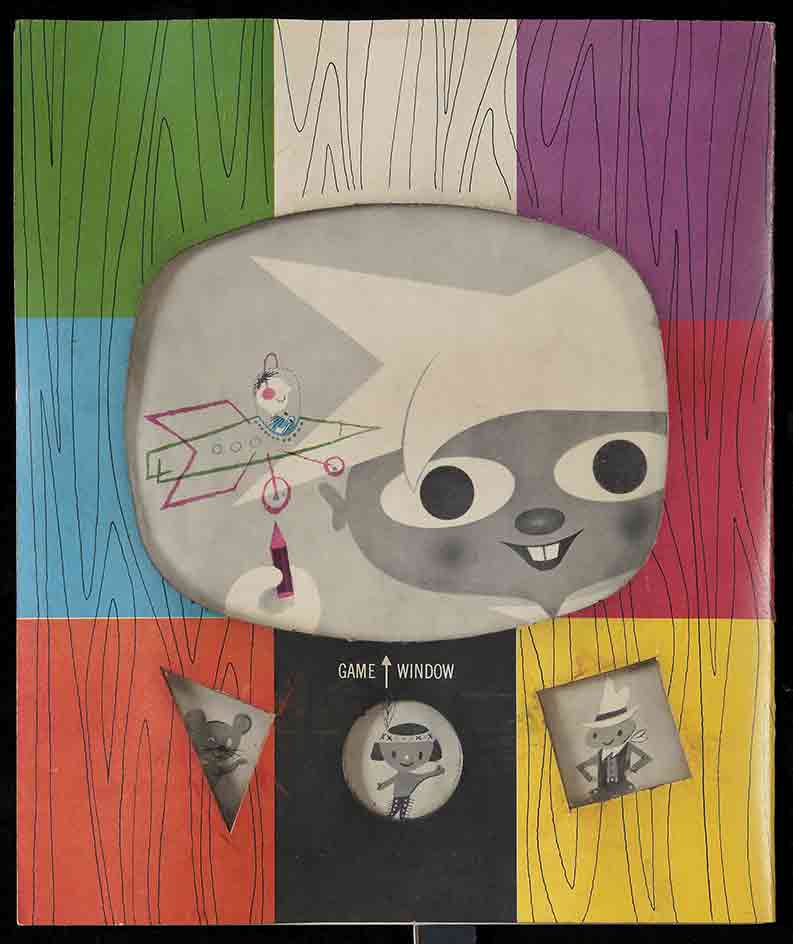
Spanning the late 1940s to the mid 1970s, the exhibition presents how American television took on a modernist aesthetic as its inspiration. Pictured: 'Winky Dink and You' game book, c. 1954
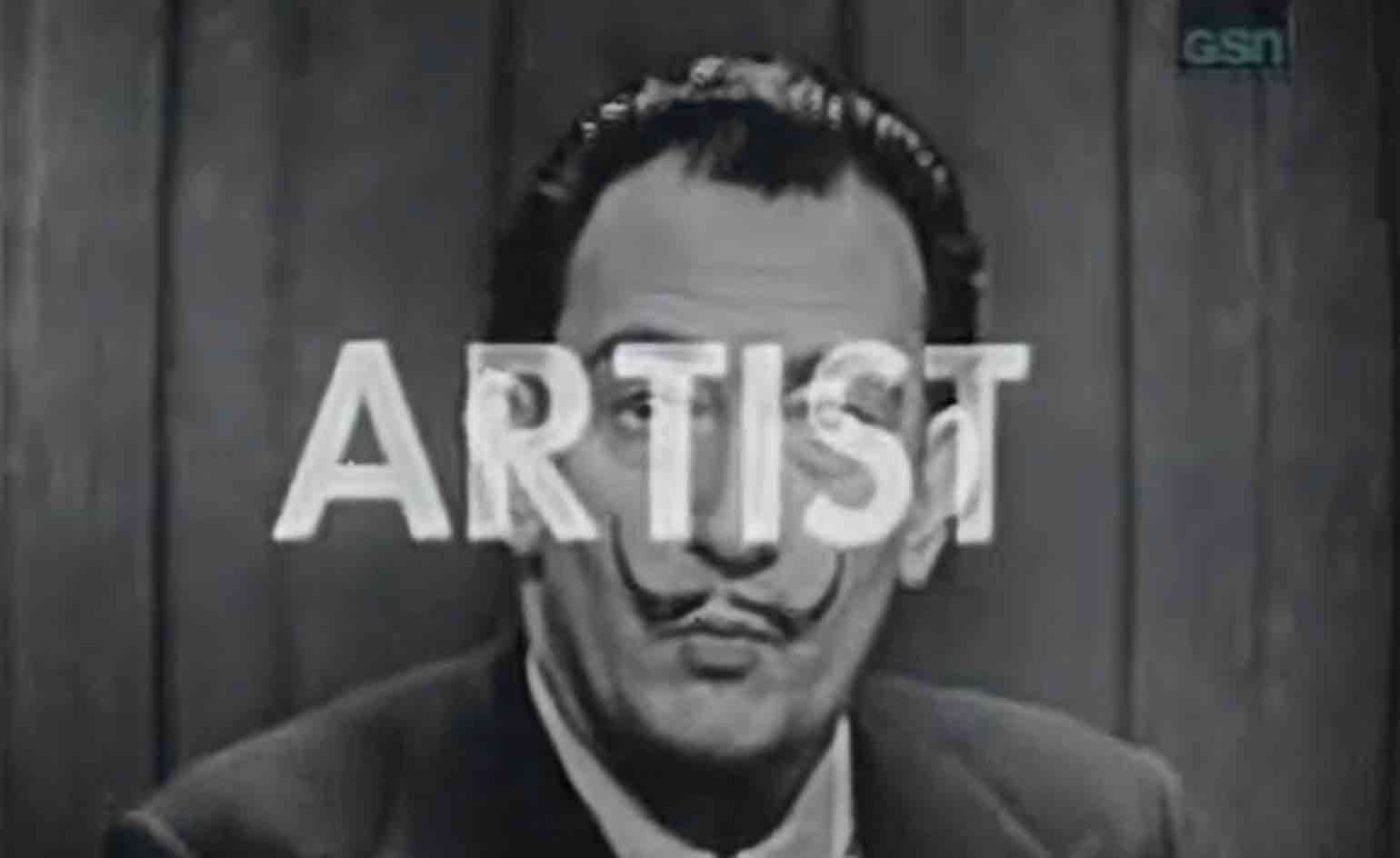
The exhibition also includes rare film clips showing how artists, like Salvador Dali, became household names, thanks to television appearances that were broadcast nationwide. Pictured: Salvador Dali on 'What's My Line', CBS, January 1952. Copyright: Fremantle Media
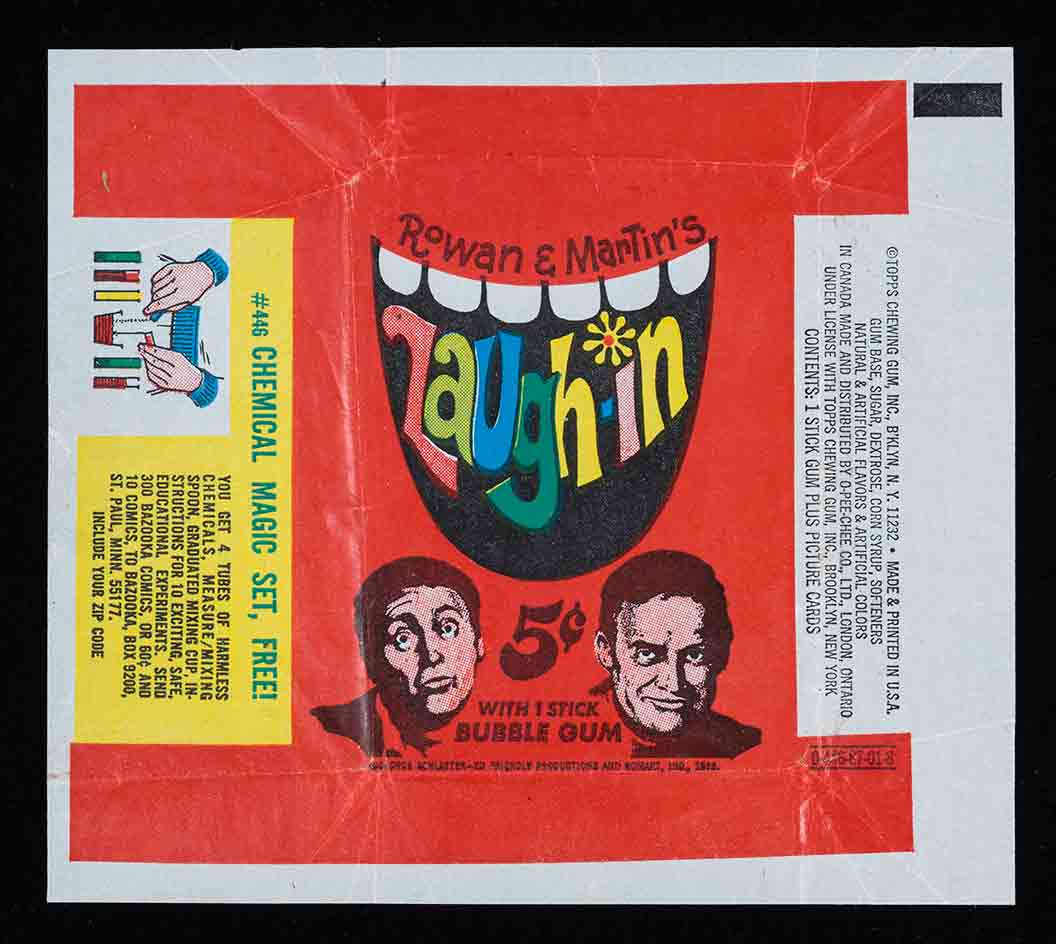
Pictured: Rowan and Martin's Laugh-In bubble-gum wrapper, c. 1968
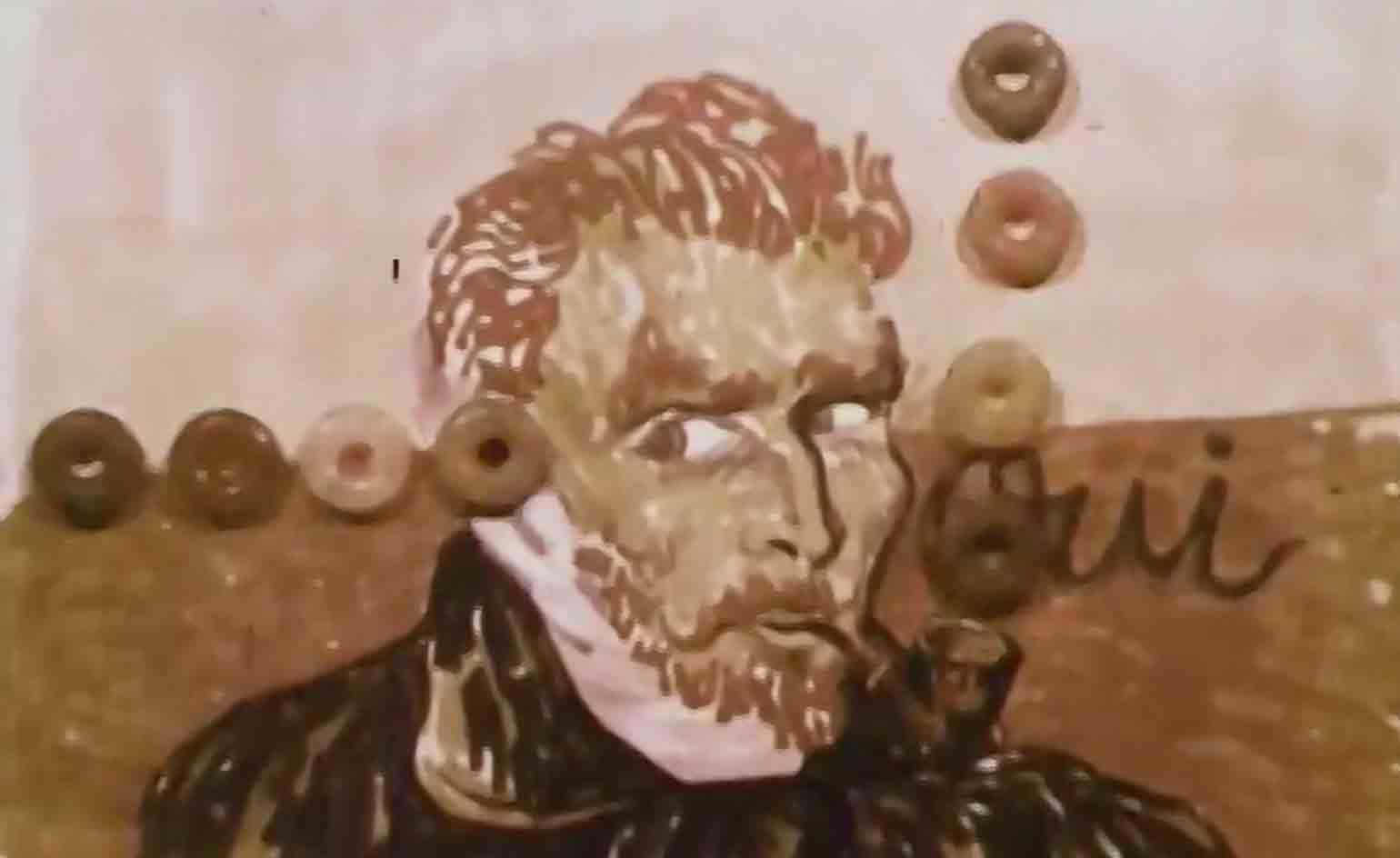
Pictured: Lifesavers commercial, 1966
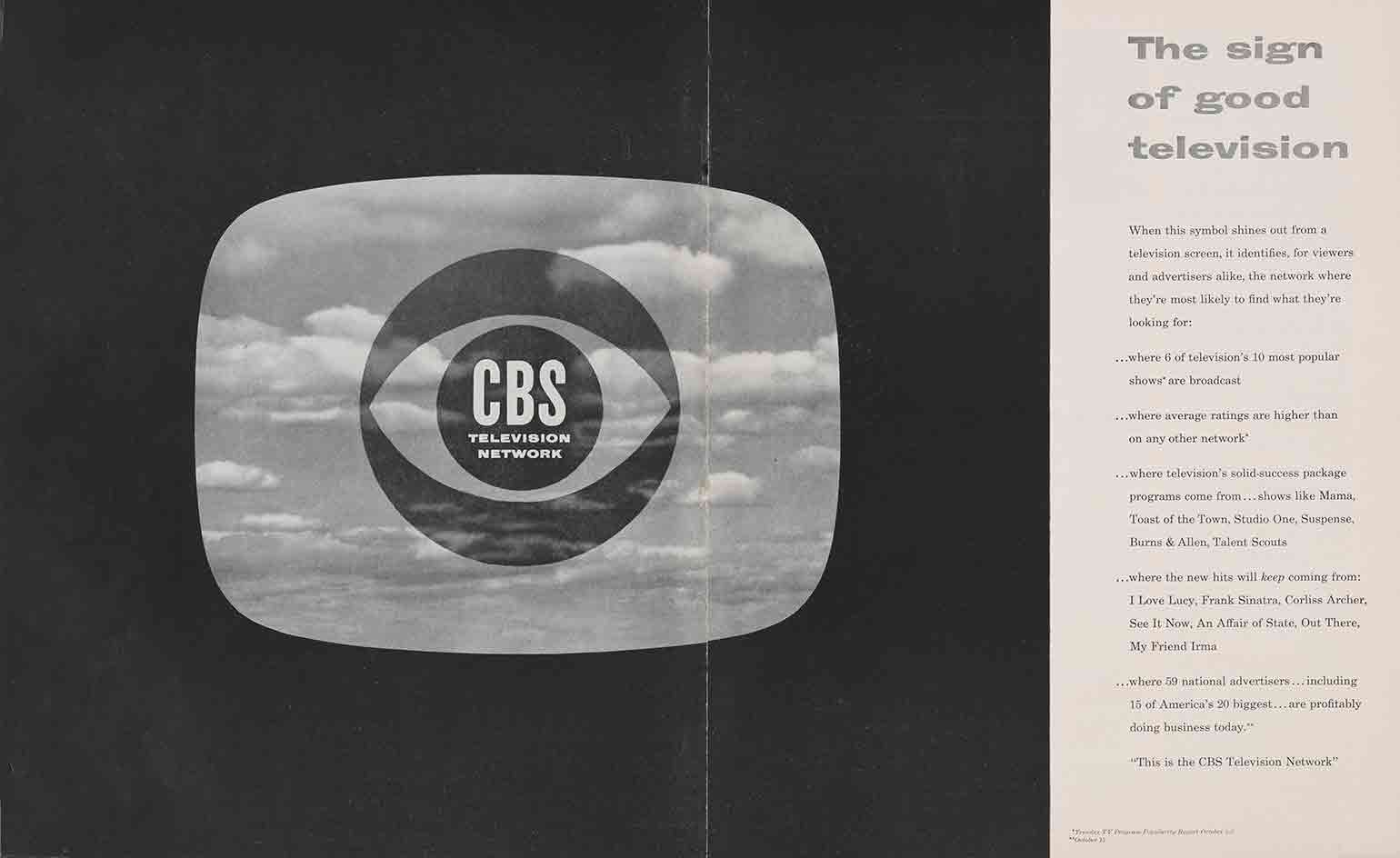
The exhibition also includes examples of early advertising, which still exude an exciting quality and were considered revolutionary at the time. Pictured: William Golden, Art Director, 'The Sign of Good Television,' Fortune, December 1951
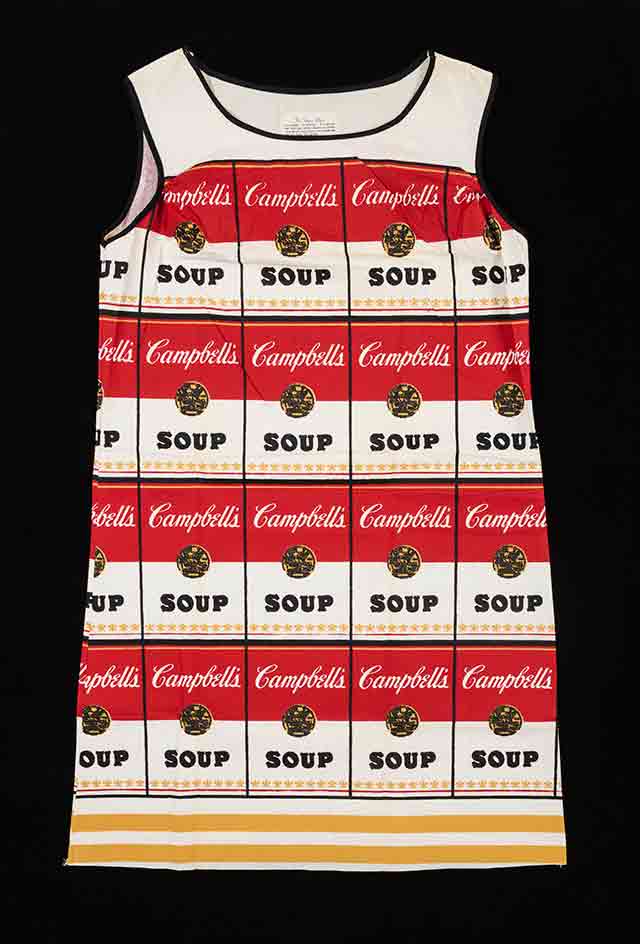
It also highlights the ‘New Advertising’ revolution of the 1950s and 1960s, where Andy Warhol and Ben Shahn created advertising and commercial campaigns for CBS. Pictured: Designer unknown, The Souper Dress, c. 1967
INFORMATION
‘Revolution of the Eye: Modern Art and the Birth of American Television’ runs until 10 January 2016
ADDRESS
NSU Art Museum Fort Lauderdale
1 East Las Olas Boulevard
Fort Lauderdale, Florida
Receive our daily digest of inspiration, escapism and design stories from around the world direct to your inbox.
Pei-Ru Keh is a former US Editor at Wallpaper*. Born and raised in Singapore, she has been a New Yorker since 2013. Pei-Ru held various titles at Wallpaper* between 2007 and 2023. She reports on design, tech, art, architecture, fashion, beauty and lifestyle happenings in the United States, both in print and digitally. Pei-Ru took a key role in championing diversity and representation within Wallpaper's content pillars, actively seeking out stories that reflect a wide range of perspectives. She lives in Brooklyn with her husband and two children, and is currently learning how to drive.
-
 Year in review: the shape of mobility to come in our list of the top 10 concept cars of 2025
Year in review: the shape of mobility to come in our list of the top 10 concept cars of 2025Concept cars remain hugely popular ways to stoke interest in innovation and future forms. Here are our ten best conceptual visions from 2025
-
 These Guadalajara architects mix modernism with traditional local materials and craft
These Guadalajara architects mix modernism with traditional local materials and craftGuadalajara architects Laura Barba and Luis Aurelio of Barbapiña Arquitectos design drawing on the past to imagine the future
-
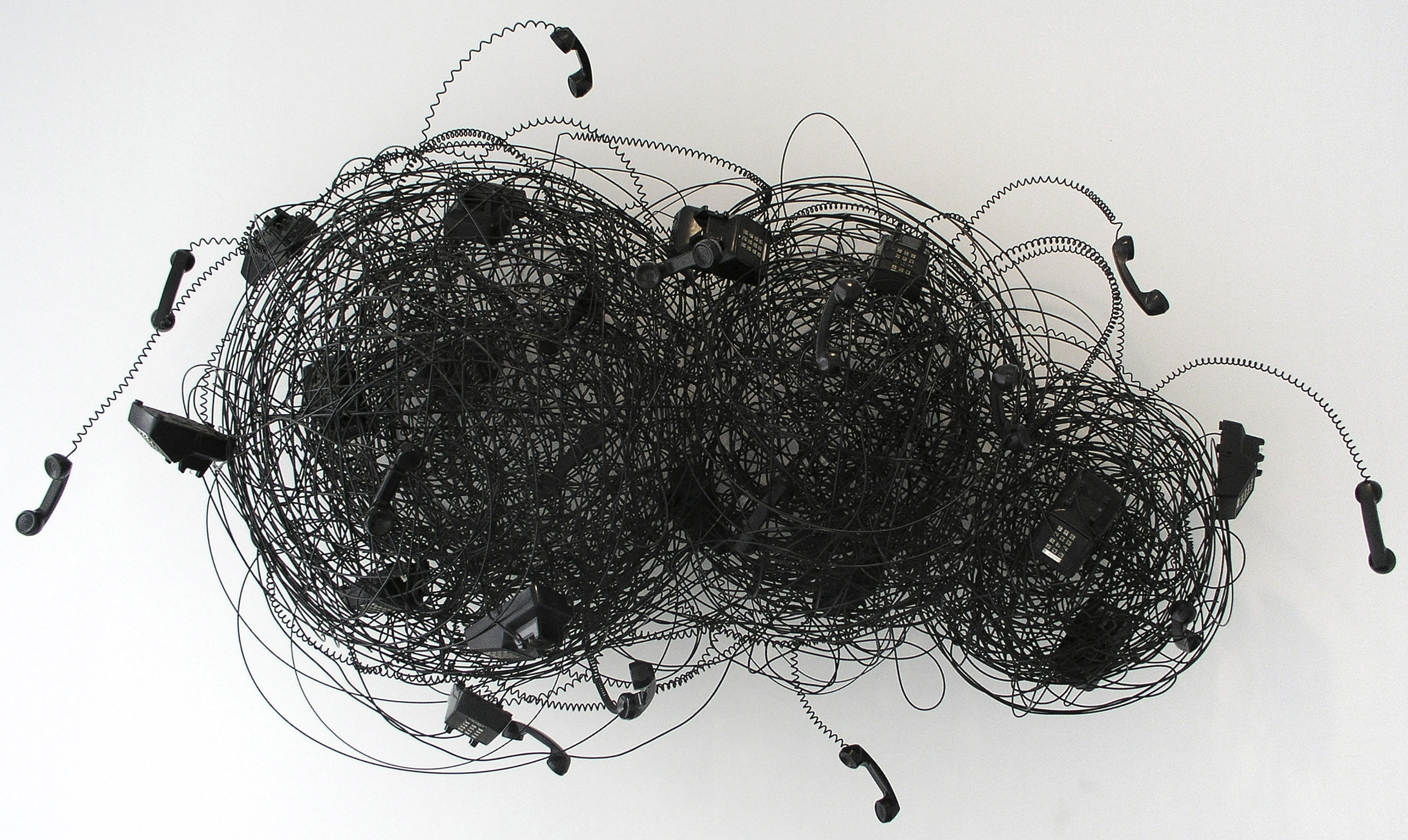 Robert Therrien's largest-ever museum show in Los Angeles is enduringly appealing
Robert Therrien's largest-ever museum show in Los Angeles is enduringly appealing'This is a Story' at The Broad unites 120 of Robert Therrien's sculptures, paintings and works on paper
-
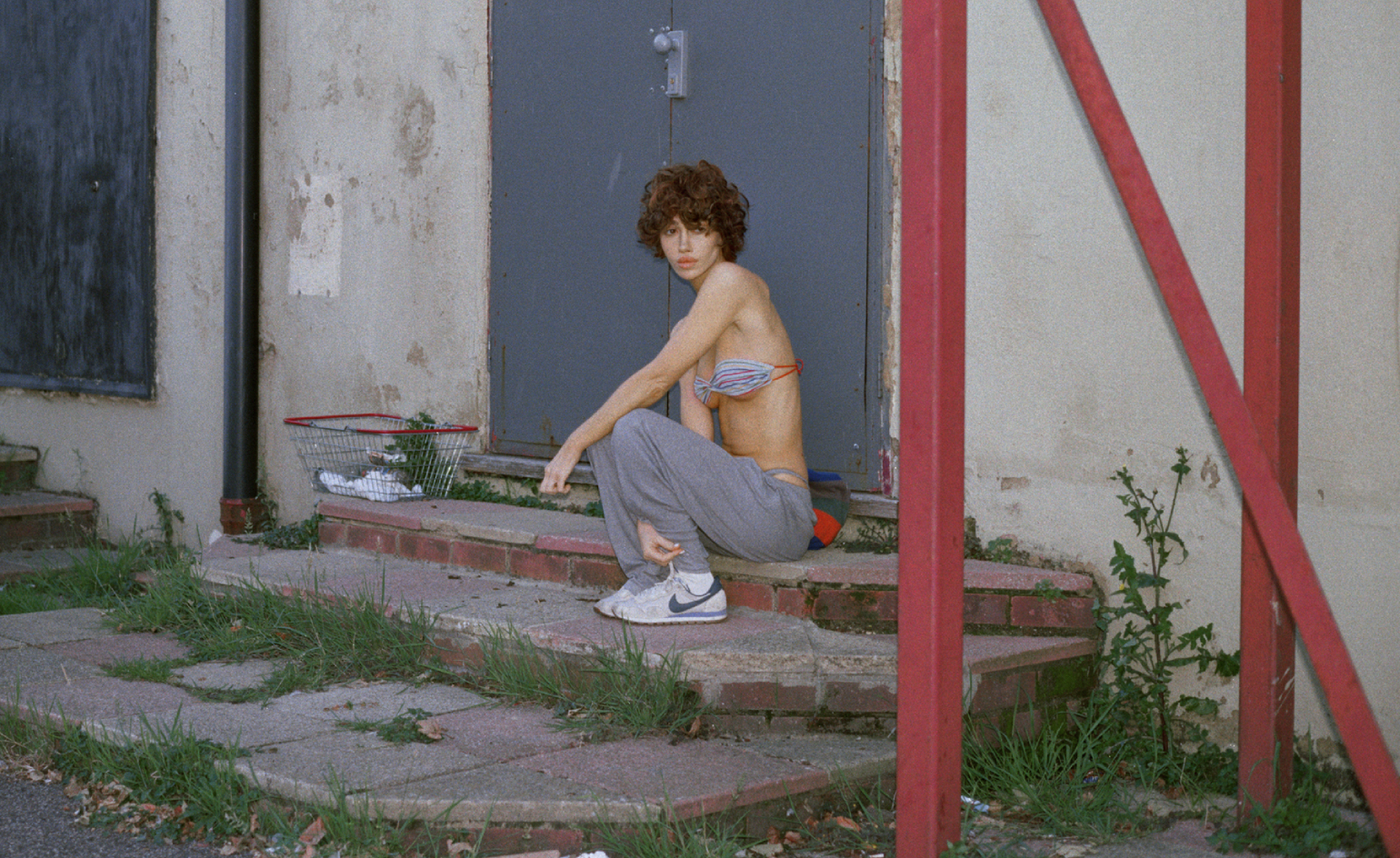 Nadia Lee Cohen distils a distant American memory into an unflinching new photo book
Nadia Lee Cohen distils a distant American memory into an unflinching new photo book‘Holy Ohio’ documents the British photographer and filmmaker’s personal journey as she reconnects with distant family and her earliest American memories
-
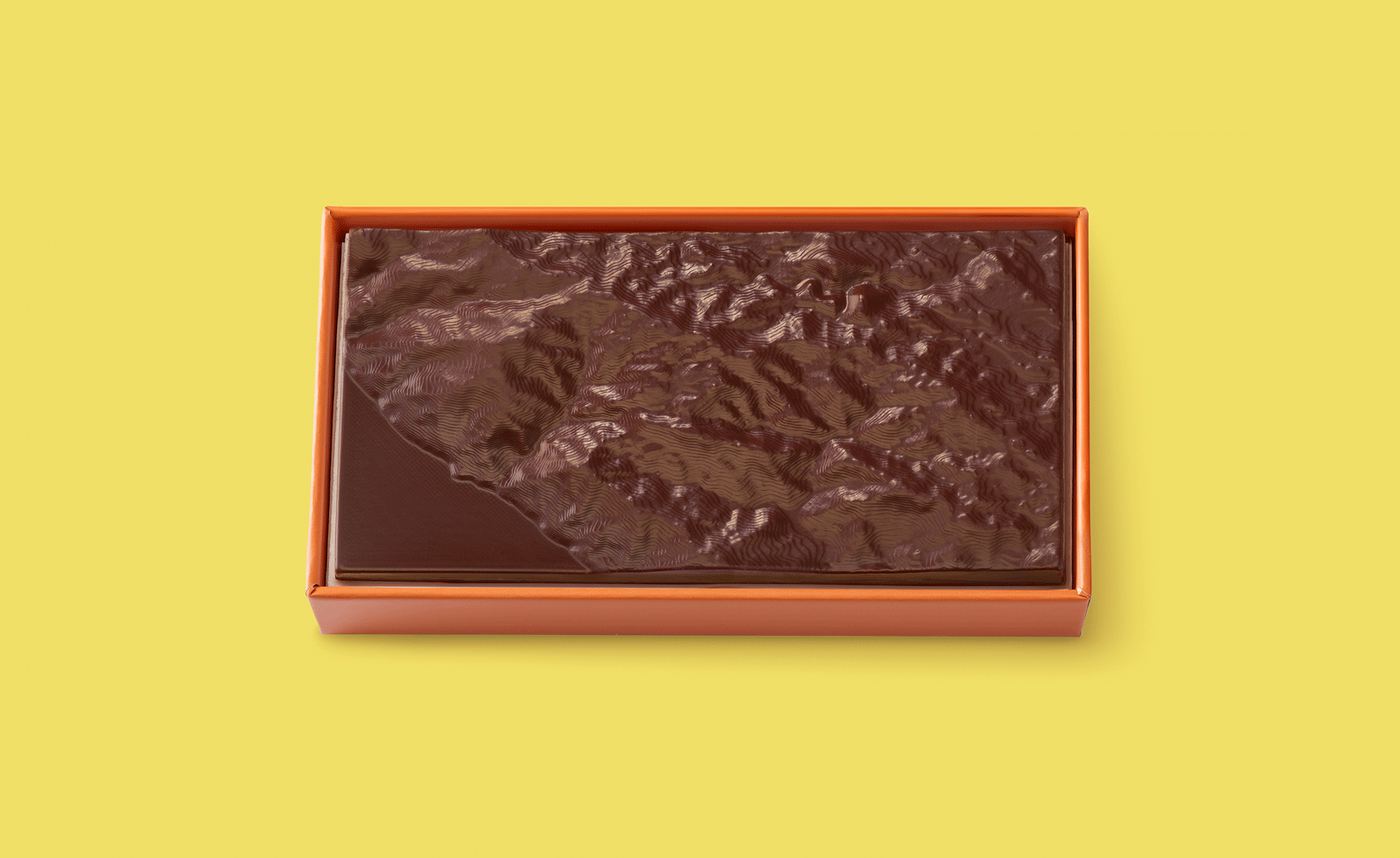 Ed Ruscha’s foray into chocolate is sweet, smart and very American
Ed Ruscha’s foray into chocolate is sweet, smart and very AmericanArt and chocolate combine deliciously in ‘Made in California’, a project from the artist with andSons Chocolatiers
-
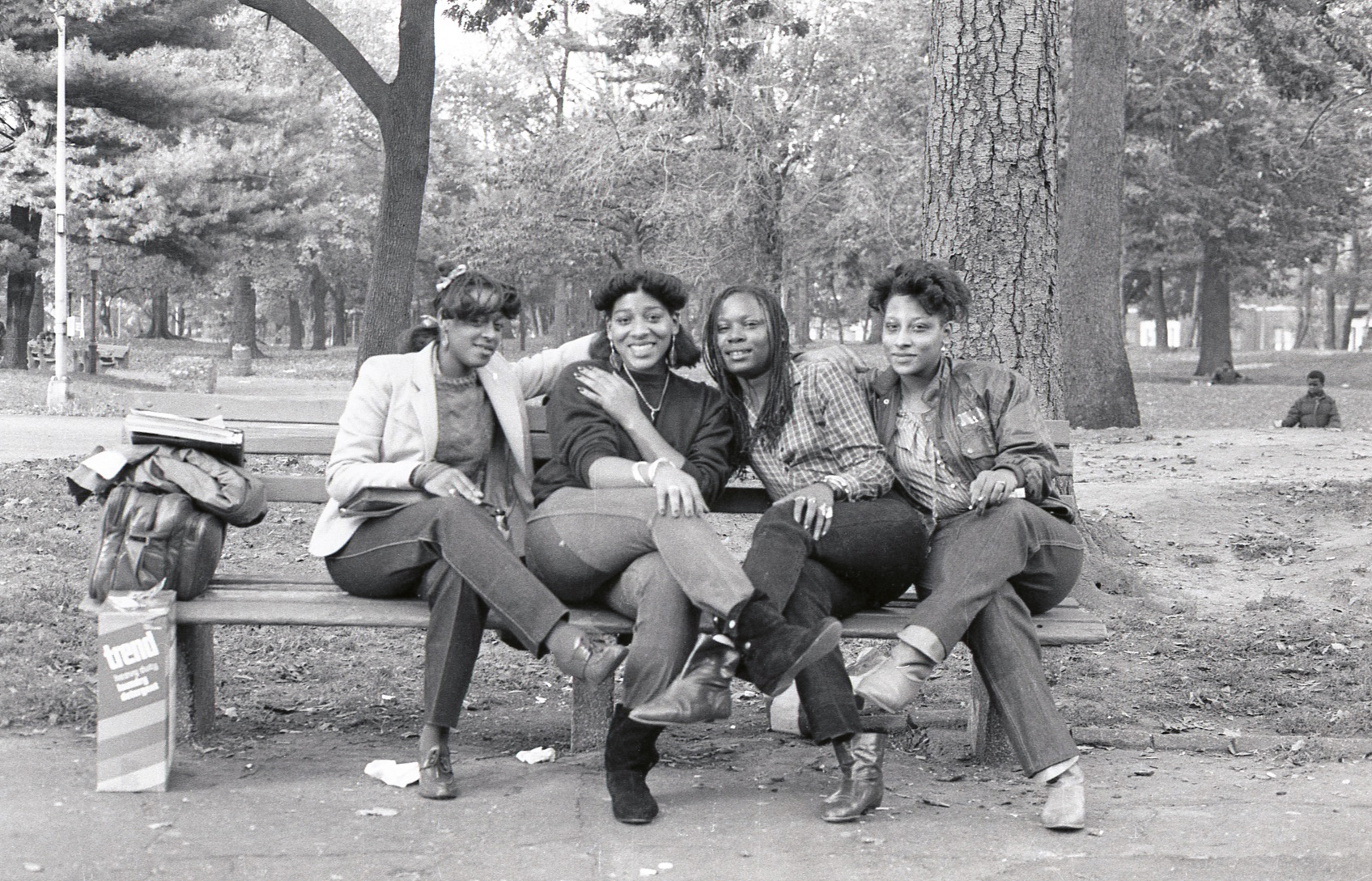 Jamel Shabazz’s photographs are a love letter to Prospect Park
Jamel Shabazz’s photographs are a love letter to Prospect ParkIn a new book, ‘Prospect Park: Photographs of a Brooklyn Oasis, 1980 to 2025’, Jamel Shabazz discovers a warmer side of human nature
-
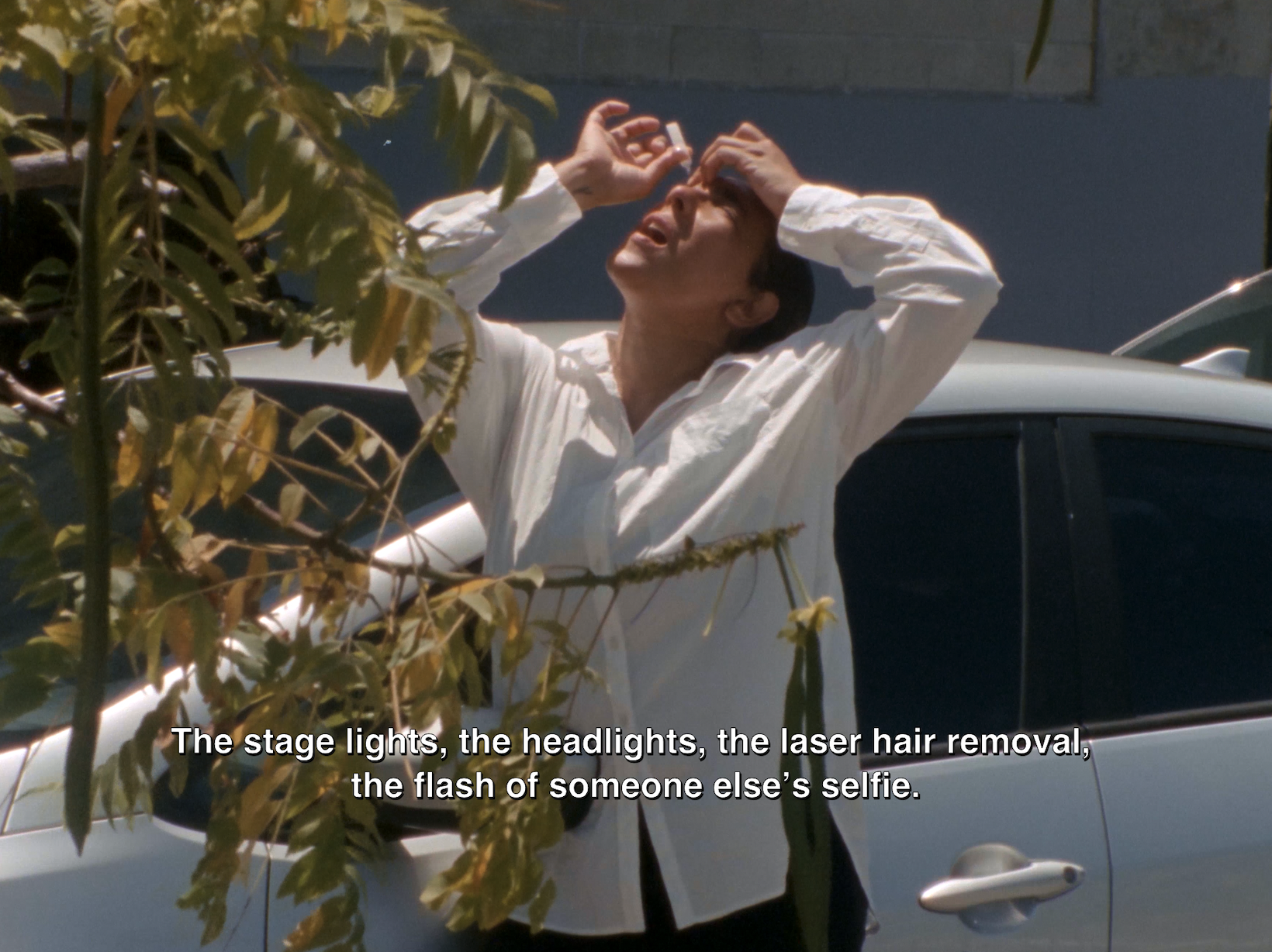 The Hammer Museum in Los Angeles launches the seventh iteration of its highly anticipated artist biennial
The Hammer Museum in Los Angeles launches the seventh iteration of its highly anticipated artist biennialOne of the gallery's flagship exhibitions, Made in LA showcases the breadth and depth of the city's contemporary art scene
-
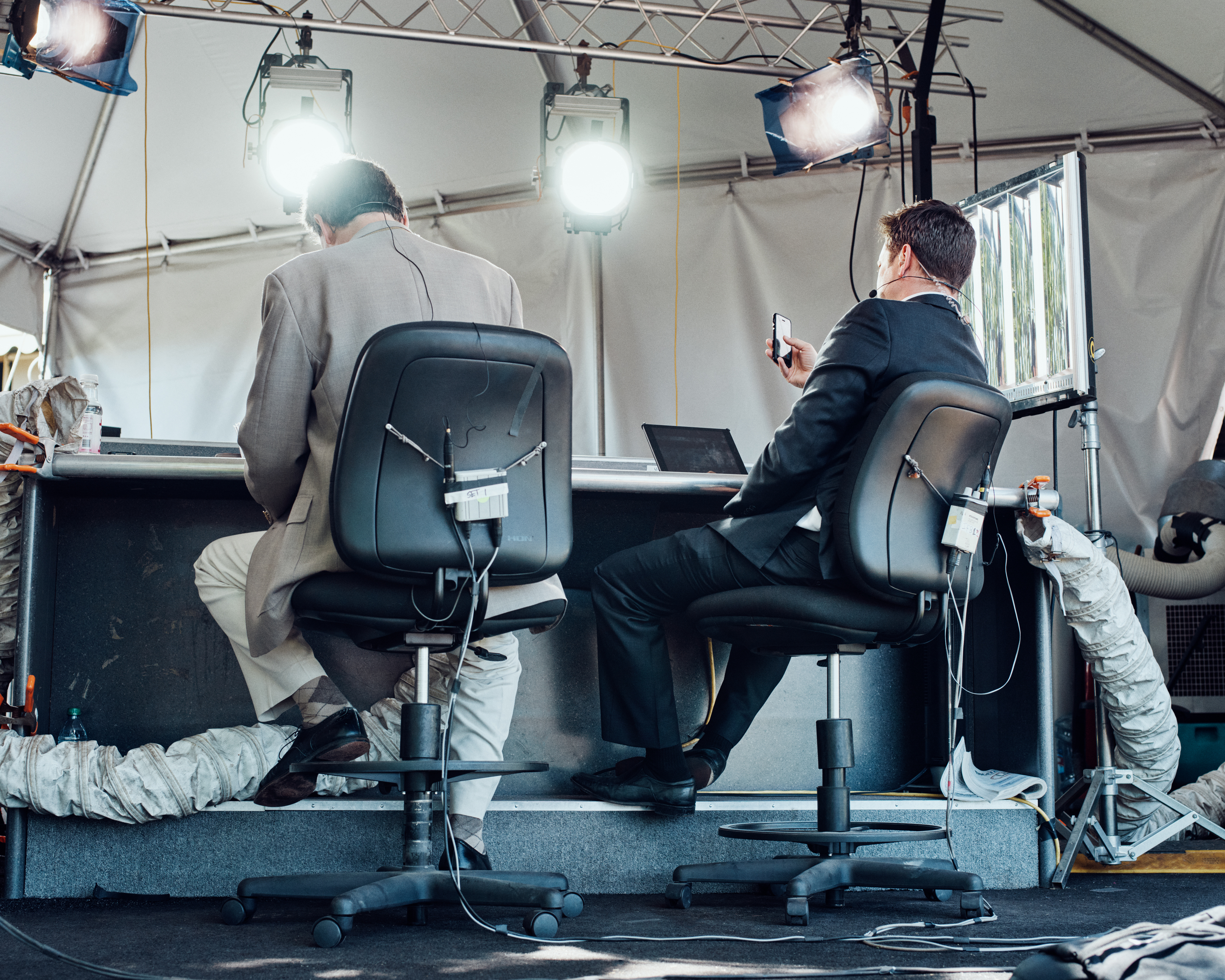 Thomas Prior’s photography captures the uncanny fragility of American life
Thomas Prior’s photography captures the uncanny fragility of American lifeA new book unites two decades of the photographer’s piercing, uneasy work
-
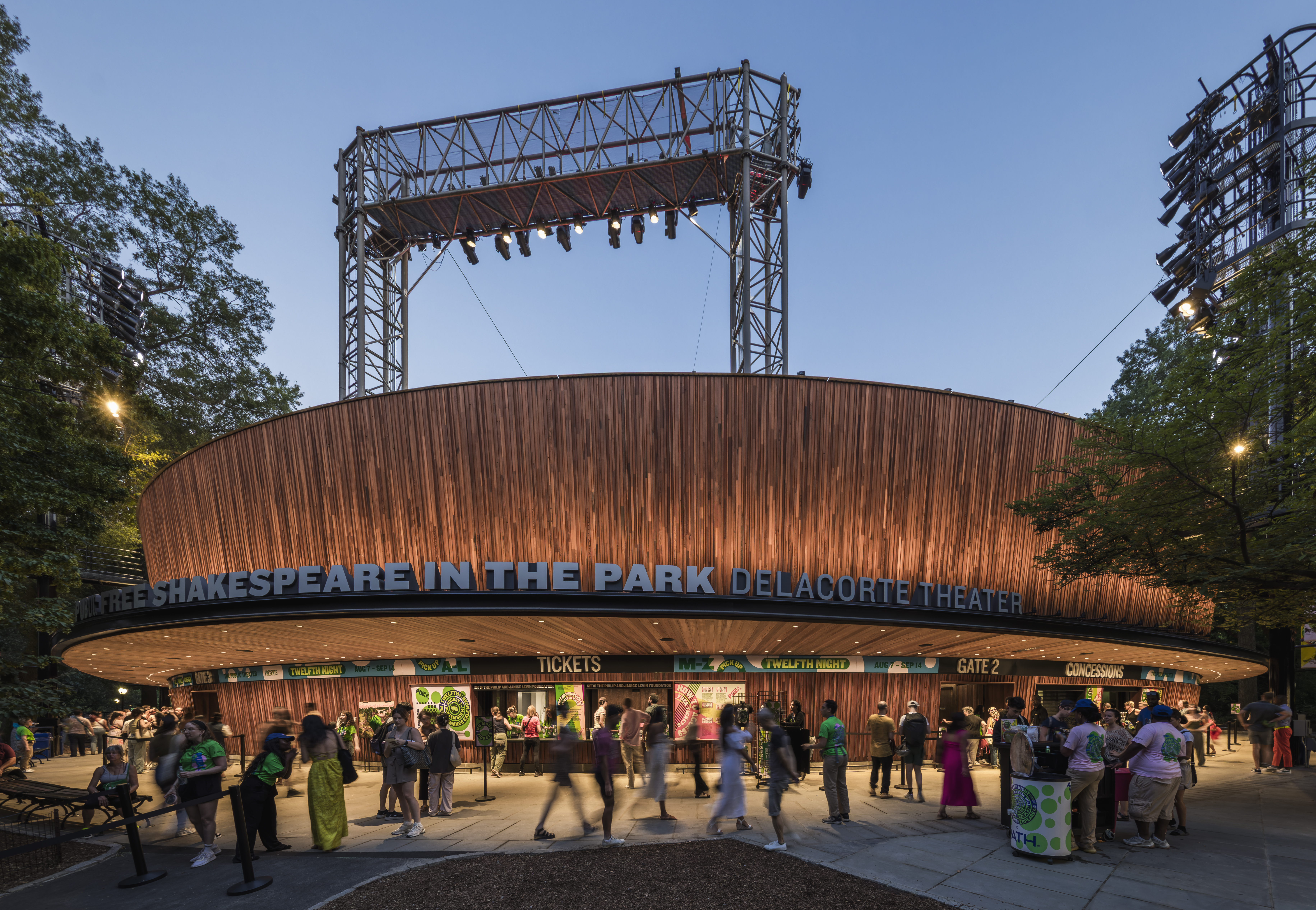 Central Park’s revitalised Delacorte Theater gears up for a new future
Central Park’s revitalised Delacorte Theater gears up for a new futureEnnead Architects helmed an ambitious renovation process that has given the New York City cultural landmark a vibrant and more accessible future
-
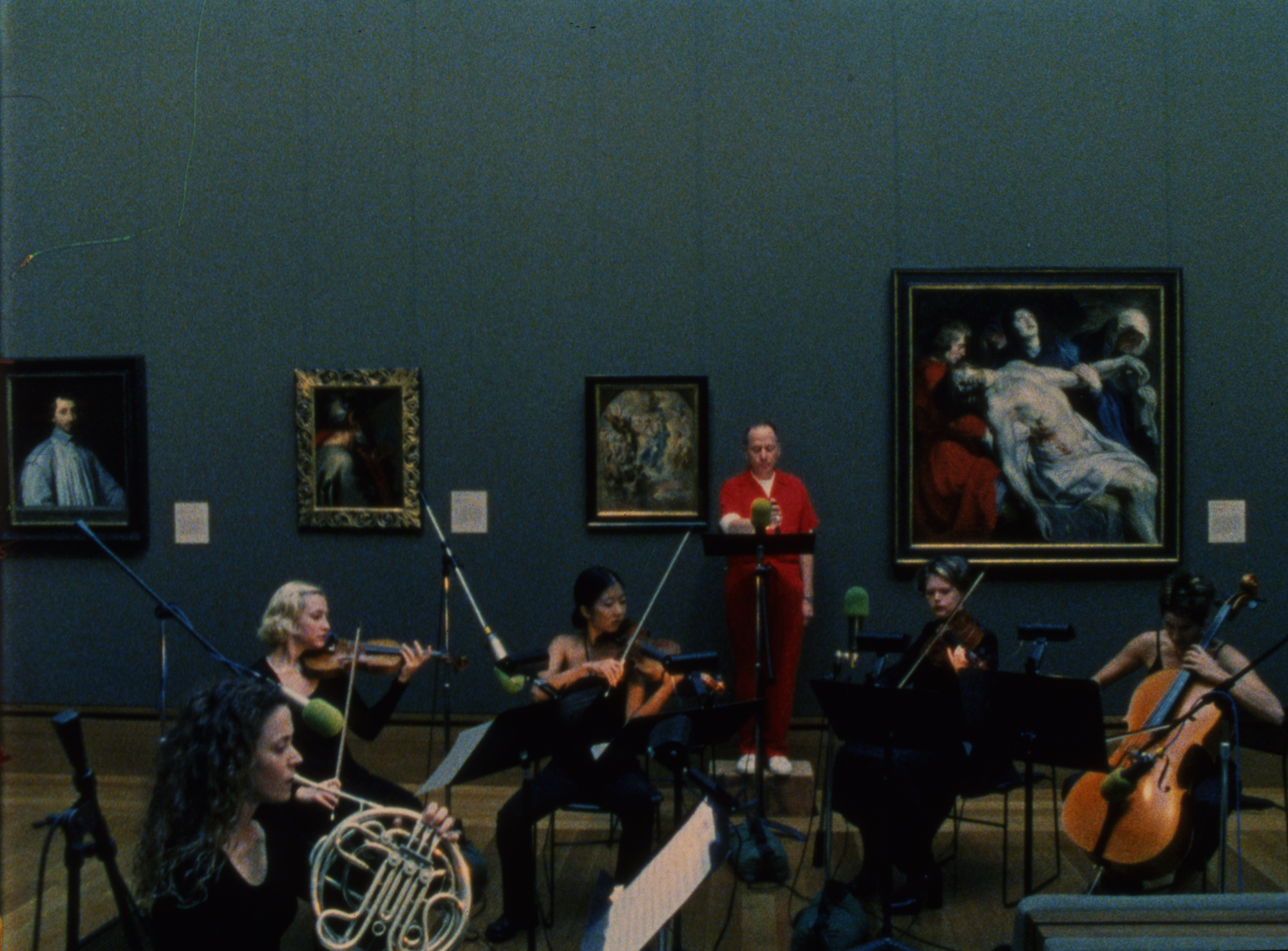 Stephen Prina borrows from pop, classical and modern music: now MoMA pays tribute to his performance work
Stephen Prina borrows from pop, classical and modern music: now MoMA pays tribute to his performance work‘Stephen Prina: A Lick and a Promise’ recalls the artist, musician, and composer’s performances, and is presented throughout MoMA. Prina tells us more
-
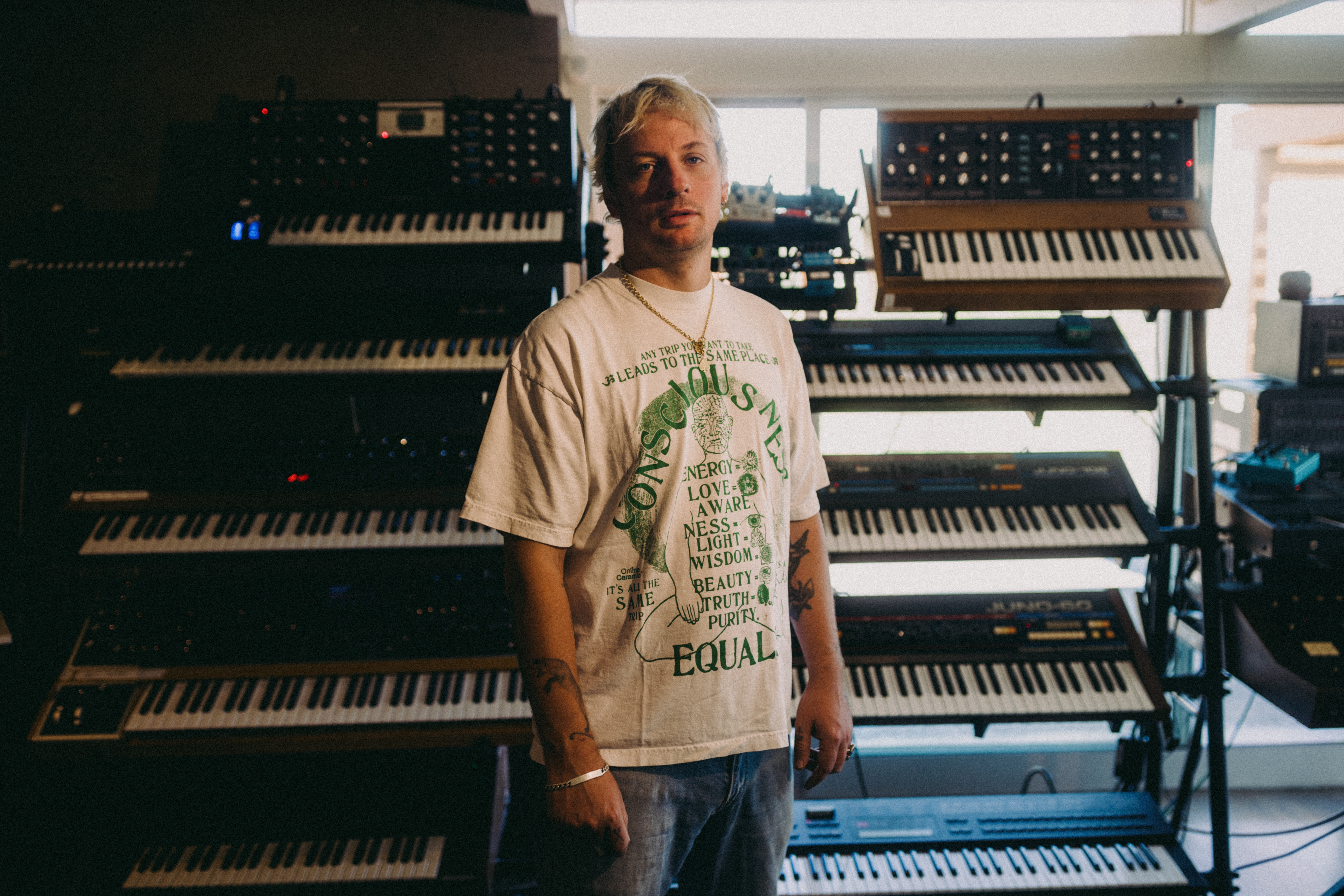 Curtains up, Kid Harpoon rethinks the sound of Broadway production ‘Art’
Curtains up, Kid Harpoon rethinks the sound of Broadway production ‘Art’He’s crafted hits with Harry Styles and Miley Cyrus; now songwriter and producer Kid Harpoon (aka Tom Hull) tells us about composing the music for the new, all-star Broadway revival of Yasmina Reza’s play ‘Art’